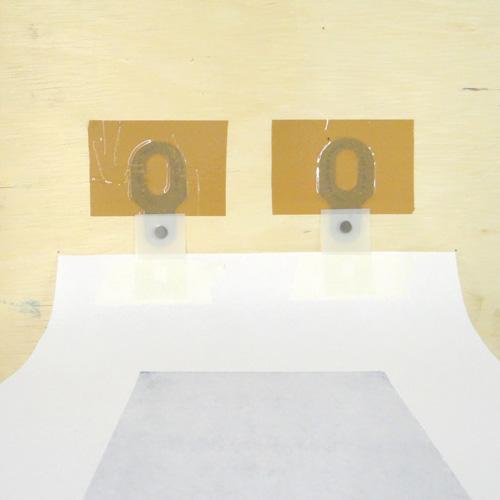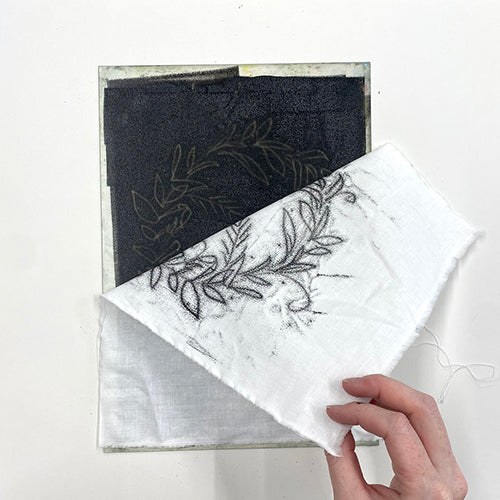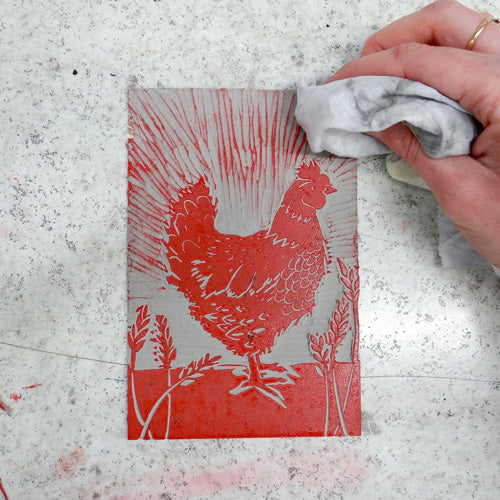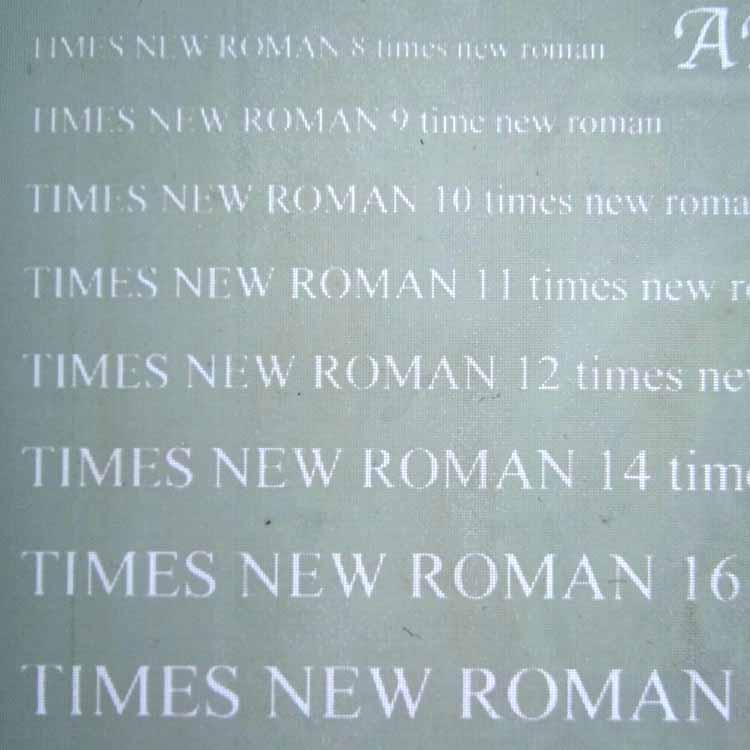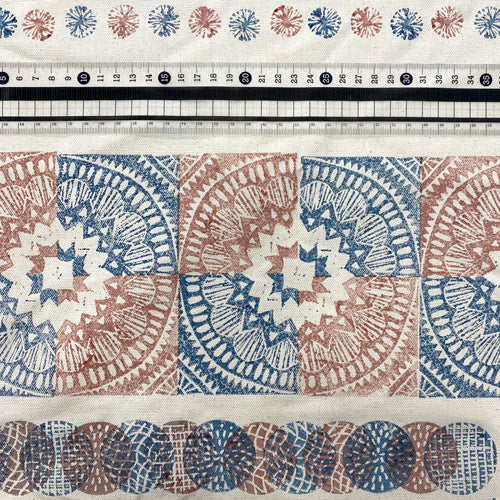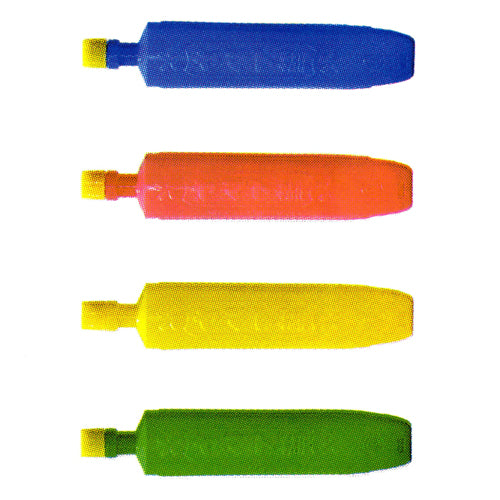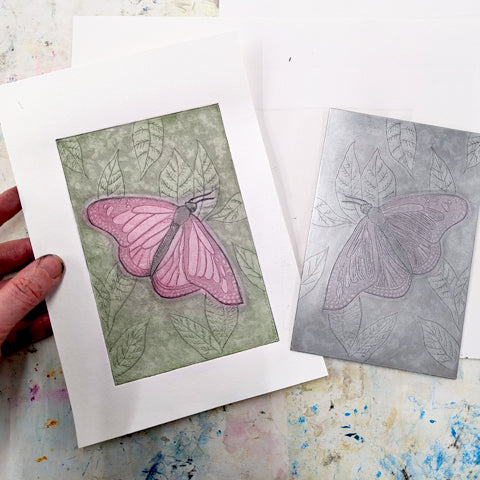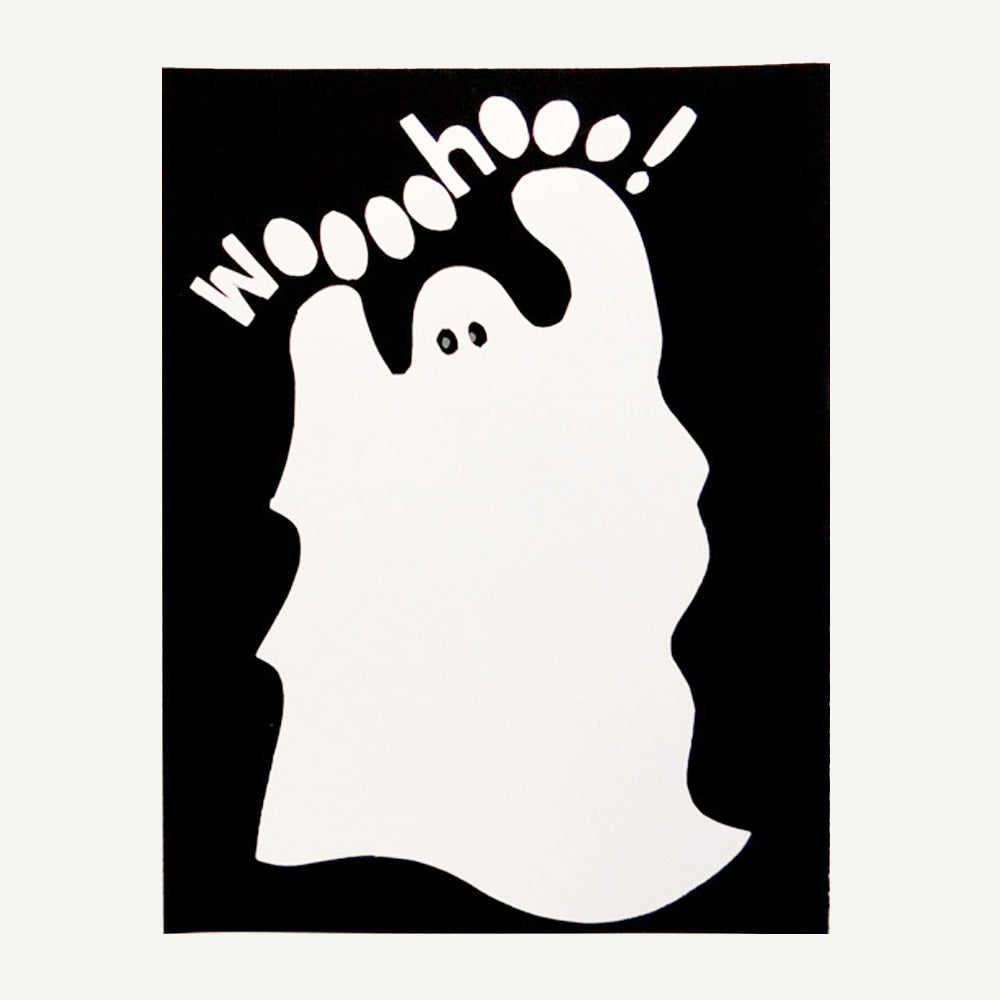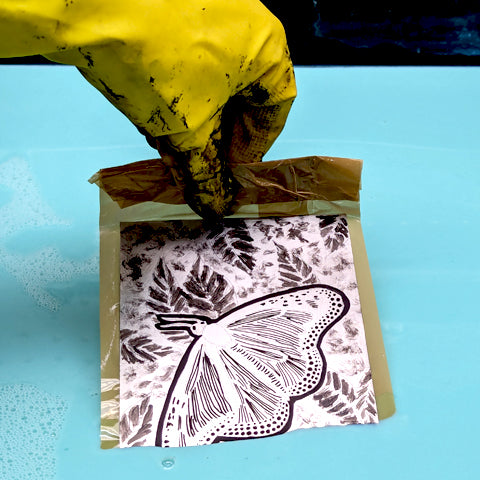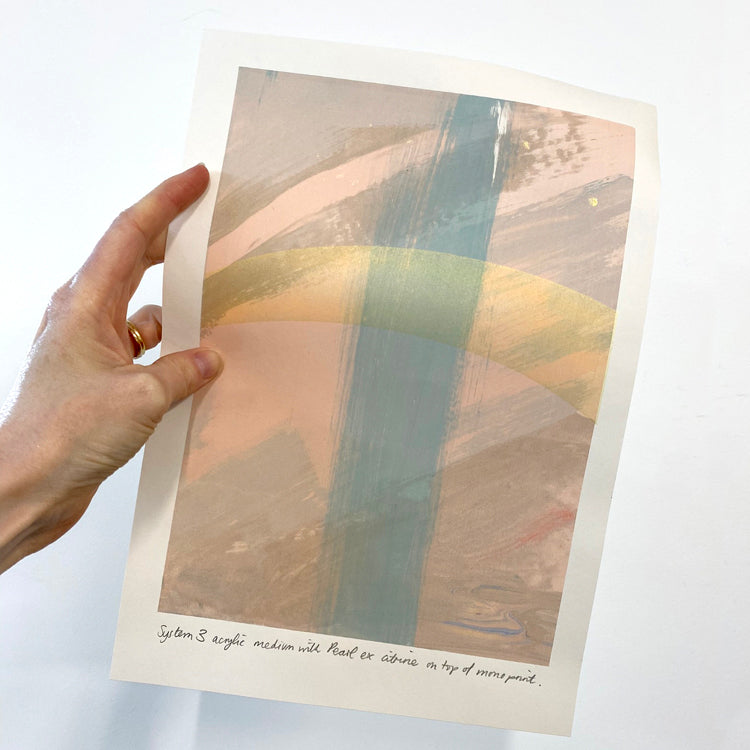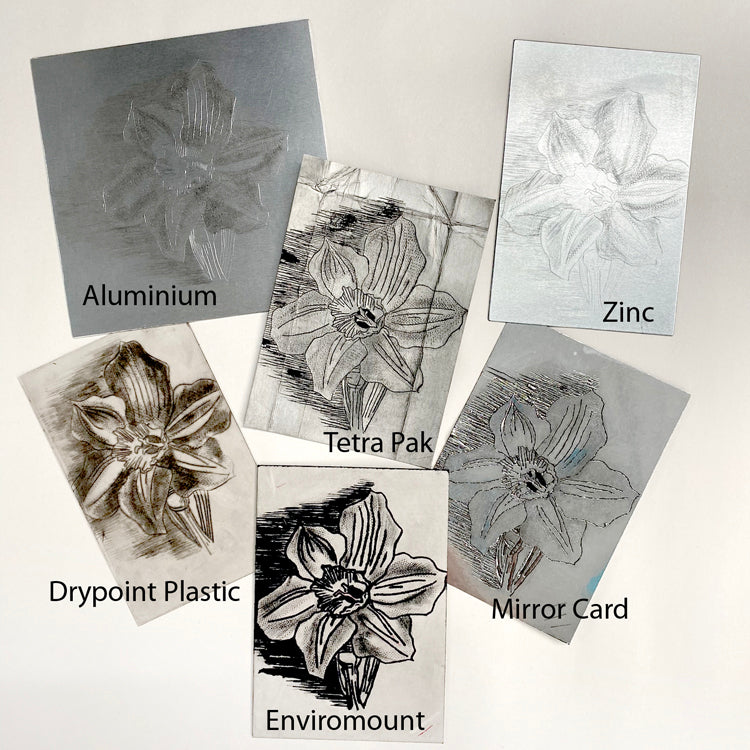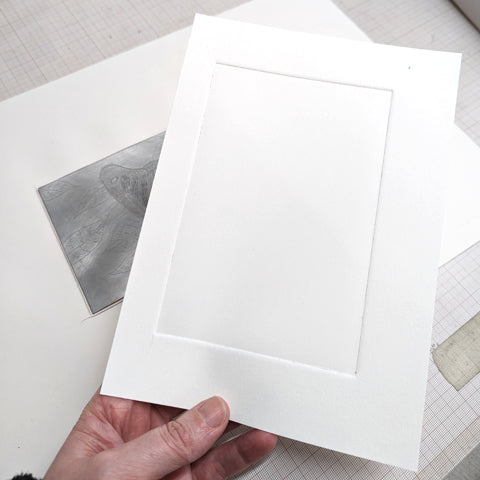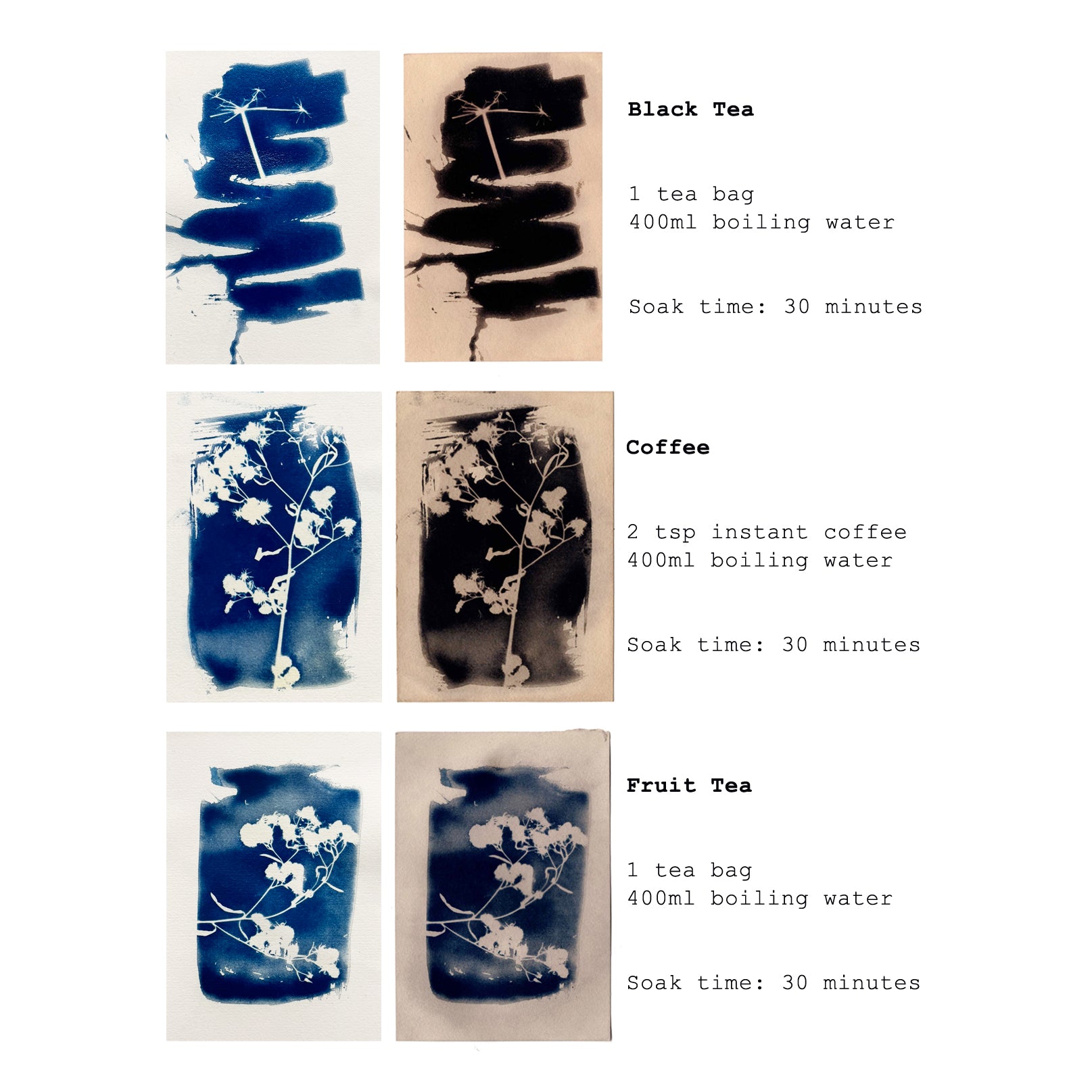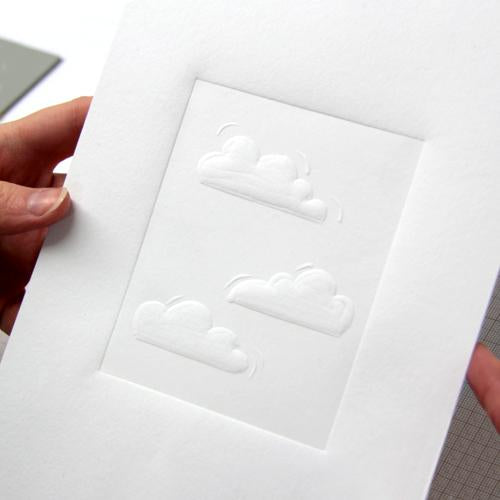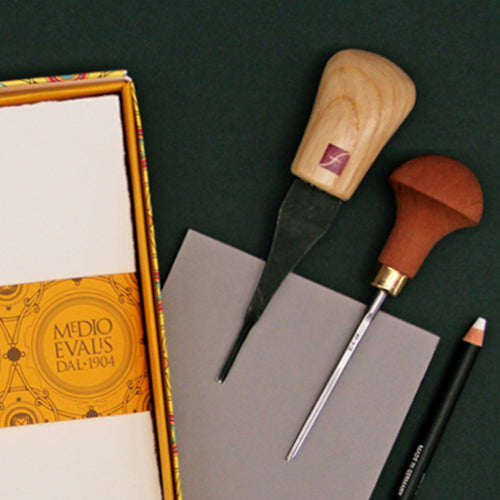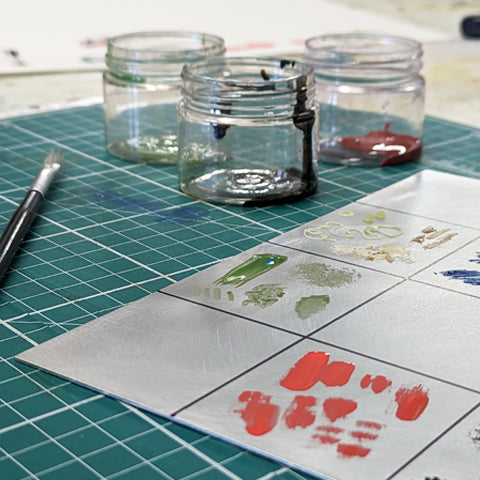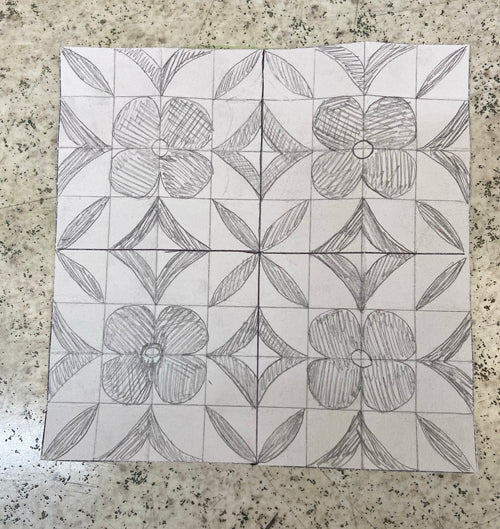Blog - Advice & Tips
-
We wanted to show you a really simple example of how to use the Turns Burton pins and tabs and how they can be used to register block prints with effortless accuracy. We’ve whipped up a quick reduction print and a multi-block to …
-
The satisfyingly fuzzy printed lines of a monotype are usually reserved for prints on paper. However, using the method below you can create prints onto fabric with the same texture and line quality, making fast and spontaneous fabric designs to...
-
One of the problems to overcome when printing a linocut is ink being picked up by the carved away areas of the block. These lines print onto the paper causing 'chatter' or 'noise'. Sometimes chatter on a print can add character or interest to a piece but other times it can just get in the way. This method uses Ternes Burton Pins and Tabs and a piece of Mylar to mask the areas causing chatter. (scroll to the bottom of the page for a video)...
-
When designing artwork for exposed screens it can be very difficult to figure out what level of detail you can include. Different mesh counts will be able to handle different levels of detail. The mesh number relates to how many threads there are per cm of mesh: 32T has 32 threads per cm, 120T has …
-
Scroll through the list below to find definitions and explanations of common printmaking terms: Acid-free – refers to papers that are made with an alkaline pulp, usually with calcium carbonate added. Acids contribute to the deterioration of paper and therefore of prints. Aisuki – a rounded, bevelled chisel tool used in Japanese Woodblock Printing, often …
-
Measure Pattern Tape is a really useful bit of kit for your printmaking projects. This adhesive ruler tape can be stuck onto your printing surface or board to help lay out your designs accurately. It's self-adhesive and we've even found...
-
To start, you will need to digitally create your artwork by completing the colour separation process (see our previ...
-
Once you've made an etching plate, it may be ready to print an edition - or you might want to make further edits. Taking a print is the only way you’ll be able to see how your plate is progressing. This blog...
-
Get into the spooky spirit with a Halloween screen printing project! Create t-shirts, tote bags, and poster prints that’re hauntingly fun and frig...
-
CMYK screen printing is a great way of bringing both your photographic and coloured art images to life through colour separation. This is achieved by layering four colours (cyan, magenta, yellow, and black) on top of each. . .
-
We recently covered in our blog how to make marks on etching plates, using tools and resists. Now we’re going to put together what we’ve learnt to create a print!...
-
Pearl Ex Powdered Pigments are metallic pigments that can be mixed into printing inks, acrylics, oils, encaustics and loads more. As printmakers we were keen to see how they could be used in various printmaking applications. We've tested them for relief printing and had some love. . .
-
Drypoint is a fantastic intaglio technique as it requires limited equipment to create a plate. It's a great way of creating a printed drawing and is one of the printmaking techniques where the positive mark is the one that prints...
-
When you’ve created an aluminium or zinc plate etching, you’ll want to have a go at pulling your first print. To do this, you’ll need to learn how to prepare your paper and...
-
Did you know that Cyanotype prints don't always have to be blue? They can be toned and even bleached to alter their colour. The key is to use anything with a high tannin content. Tannins are commonly found in the bark of trees, leaves, buds, stems, fruits, seeds, roots, an. . .
-
Blind embossing is a beautiful way in which to add light and shadow to your prints. Embossing adds subtle texture and interest. Emboss prints ‘blind’ (without ink) or combine with inked lino for a complex final print. Prepare the design. These white pencils are brilliant for drawing designs onto traditional lino. The marks show up … Continue reading "Blind Embossing with Lino"
-
As printmakers, we know that having good tools can be a game changer when it comes to your printmaking practice. There are lots of lino and wood cutting tools to choose from so read on for a breakdown of the...
-
Choosing the paper for your printmaking project can have a significant impact on the way the print turns out. Changing the colour, thickness or tex. . .
-
Using tools on your plate isn’t the only way you can create marks within an etching. You can also use resists to stop the mordant from reaching the surface of your plate. Resists can help achieve more subtle marks and washes, and they...
-
Visualising what your design will look like when printed can be the hardest thing about designing a repeat pattern. We have a good method for sketching out your initial design to see how it will work when it is printed. For this project, we. . .

